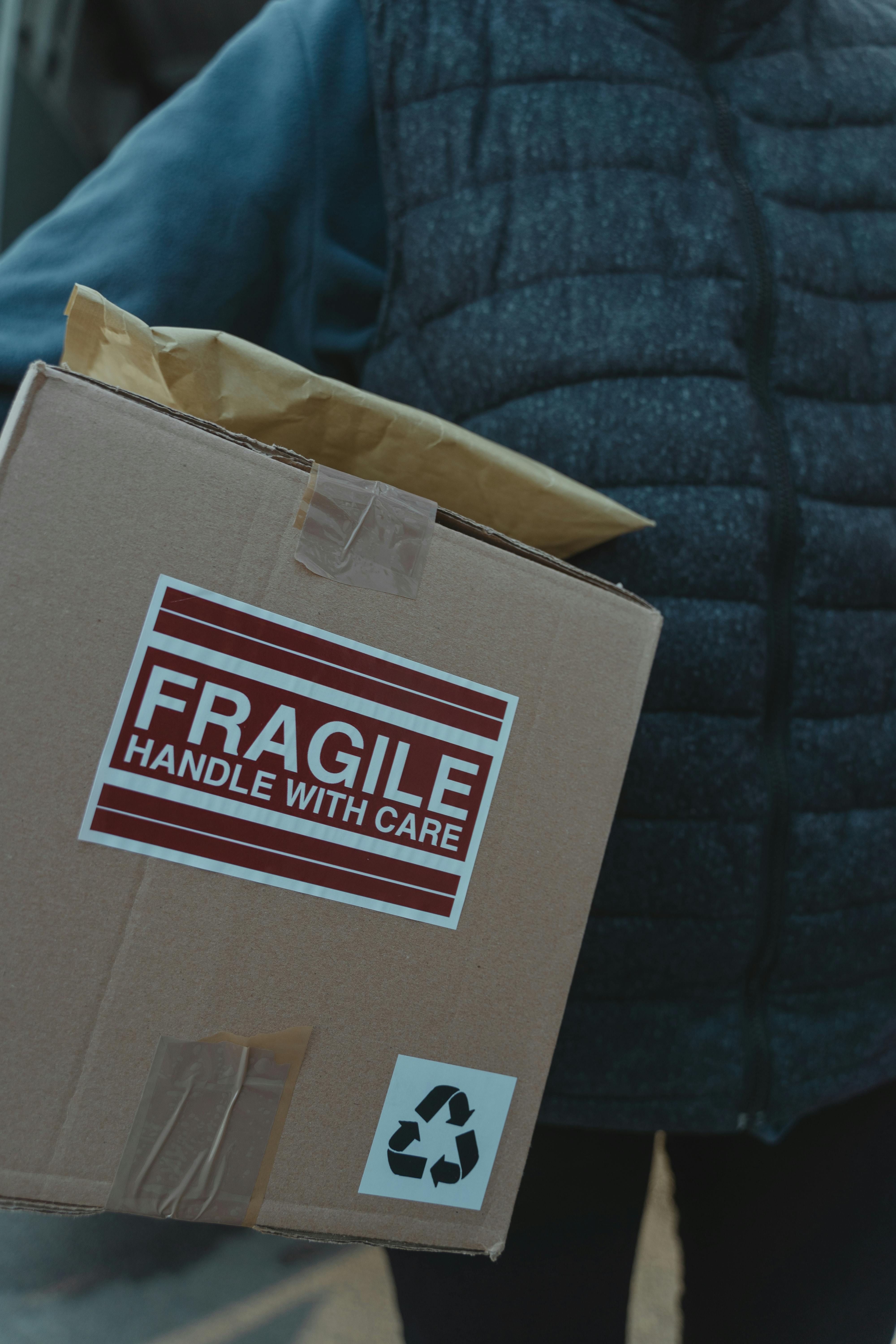Logistics risks inherent in importing apparel from overseas and how to avoid them
Importing apparel from overseas has the great appeal of being able to provide high-quality, unique products to the Japanese market. However, there are many logistics risks lurking in the process, and if they are not strategically understood and managed, your precious products may be damaged before they are even sold. In this article, we will explain in detail the main logistics issues in apparel imports and their solutions from a practical and expert perspective.

Why is logistics management important for apparel imports?
Apparel products are delicate products that easily lose their shape and are easily affected by humidity and temperature. Furthermore, logistics must be consistent with delivery dates and sales schedules, so it is directly linked to the "invisible value of products." Delays and damage in logistics also affect the credibility of the business.
POINT When purchasing apparel, we are required to consider not only the quality of the product, but also the "total quality" including the condition during transportation and delivery accuracy.
Specific types and examples of logistics risks
Below are some common logistics risks:
- Quarantine issues: Wool and leather products are subject to quarantine in certain countries, causing delays
- Misshipment and consolidation: Products of a different brand were mixed in the local warehouse, leading to a mistake in customs declaration.
- Damage/humidity: Temperature differences within the container can cause mold and odor problems.
When shipping by sea, vibration during the voyage and humidity control over long periods are particularly important factors.
Criteria for selecting the most suitable transportation method
You should choose your transportation method based on the following criteria:
- Lead times aligned with sales schedules
- Shipping cost based on number and weight of items
- Risk of damage to product shape and materials
For high-priced or delicate items, you should choose the airmail + insurance route even if it costs a little more.
POINT Depending on the product category and sales price, shipping costs can have an effect comparable to advertising costs.
Pitfalls regarding customs and invoicing
Apparel products can be subject to additional customs duties due to incorrect application of HS codes (tax numbers). In addition, if invoices are not standardized in English or contain errors in the price, they are more likely to be viewed with suspicion during customs clearance and may be subject to investigation.
The key to preventing such problems is to send the appropriate format to your overseas business partner in advance.
Storage and last mile quality
The storage system in domestic warehouses cannot be overlooked. In warehouses with insufficient humidity control, products may deteriorate during storage. In addition, the choice of the delivery company that ultimately delivers the products to customers also affects the brand experience. A consistent system is required, including the quality of cardboard and packaging.
Key points for contracting with local logistics agents (3PL)
When establishing a logistics base overseas, consider the following points when making your selection.
- Do they have experience in apparel logistics for Japan?
- Do they have high knowledge of customs duties and packing accuracy?
- Are there regular inventory reports and tracking?
POINT Overseas 3PLs should place more importance on "response" and "reporting accuracy" than on "price."
summary
It is important to note that when importing apparel from overseas, the key to business success is the logistics system, even more so than the selection of products. It is essential to properly manage all stages of procurement, transportation, storage, and delivery to maintain customer satisfaction and brand value.
